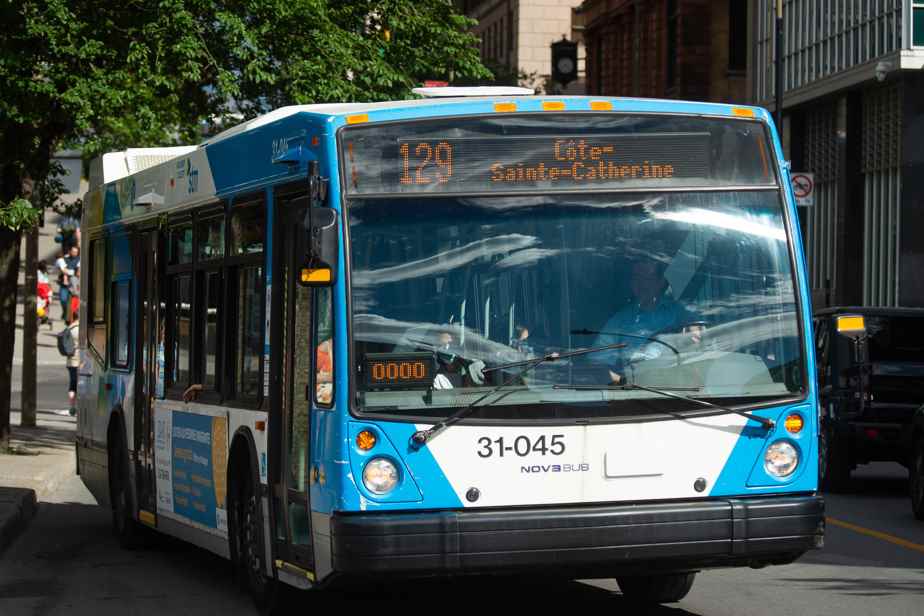Public transit has suffered significantly more from the pandemic than the automobile, with the big losers being the metro, train and bus, confirm new pan-Canadian data. Overall, the use of public transit to get to work has dropped by half compared to about five years earlier.
That’s according to census commuting figures released Wednesday by Statistics Canada. In May 2022, the number of people using a car to get to work was around 12.8 million people, a slightly higher number than in 2016. For public transport, it is a completely different reality: while in 2016, there were more than two million passengers at peak time, barely 1.2 million were still there last May.
In the metro, the drop in ridership between 2016 and 2022 is particularly striking: from 523,000 to 271,000 daily users, the decrease is around 48%.
Ditto in the train, where the 248,000 passengers have evaporated in a few years, being now barely more than 100,000, a drop of more than 58%. However, it must be said that only a few major cities have metro systems in Canada.
The car still queen
Starting with almost 1.2 million daily commuters, bus ridership is no longer a shadow of what it used to be; last May, less than 800,000 users were still using a local line in the morning or evening, a drop of around 33% since 2016. Even walking (-15%) and cycling (-2%) seem to have lost feathers, with respective decreases of around 125,000 and 5,000 users at peak times.
All these losses were made to the benefit of only two modes of transport: the car, which gained approximately 2.5%, and the motorcycle. This has also increased from 25,000 to 37,000 daily users between 2016 and 2022, a significant jump of almost 44%.
Note: in 2021, the car had also lost a lot of daily users – around 1.7 million fewer people took the road, or 13.2% – but this means of transport quickly recovered. beast over the global déconfinement in Canada.
For researchers at Statistics Canada, it nevertheless remains “too early to say whether the repercussions of the pandemic on the use of public transport to get to work are temporary or lasting”.
An idea of the portrait in Montreal
In Greater Montreal alone, nearly 1.2 million people use the car every day to get to work. These people take an average of 25 minutes to get to the office, although this time may increase slightly in the case of carpooling.
It is still much longer in public transport, regardless of the mode, where the average journey time is 43 minutes in the metropolis. On trains, Montreal commuters take an average of 58 minutes to get to work.
Moreover, Montreal is part of a select club of four Canadian cities, with Toronto, Hamilton and Vancouver, where the proportion of workers commuting by car for an hour or more has decreased between 2016 and 2022. In the Quebec metropolis , this figure fell from 7.2% of the population to 5.6% during this period.
Montreal is also the Canadian city with the highest number of people walking to work, with 89,000 people daily. It is followed by Toronto (86,000) and Vancouver (62,000).
On Monday, the Société de transport de Montréal (STM) said it expected to find between 75 and 80% of its pre-pandemic ridership during 2023. Currently, in buses and the metro, this figure is around 69% the week, but it goes up to around 79% over the weekend.
